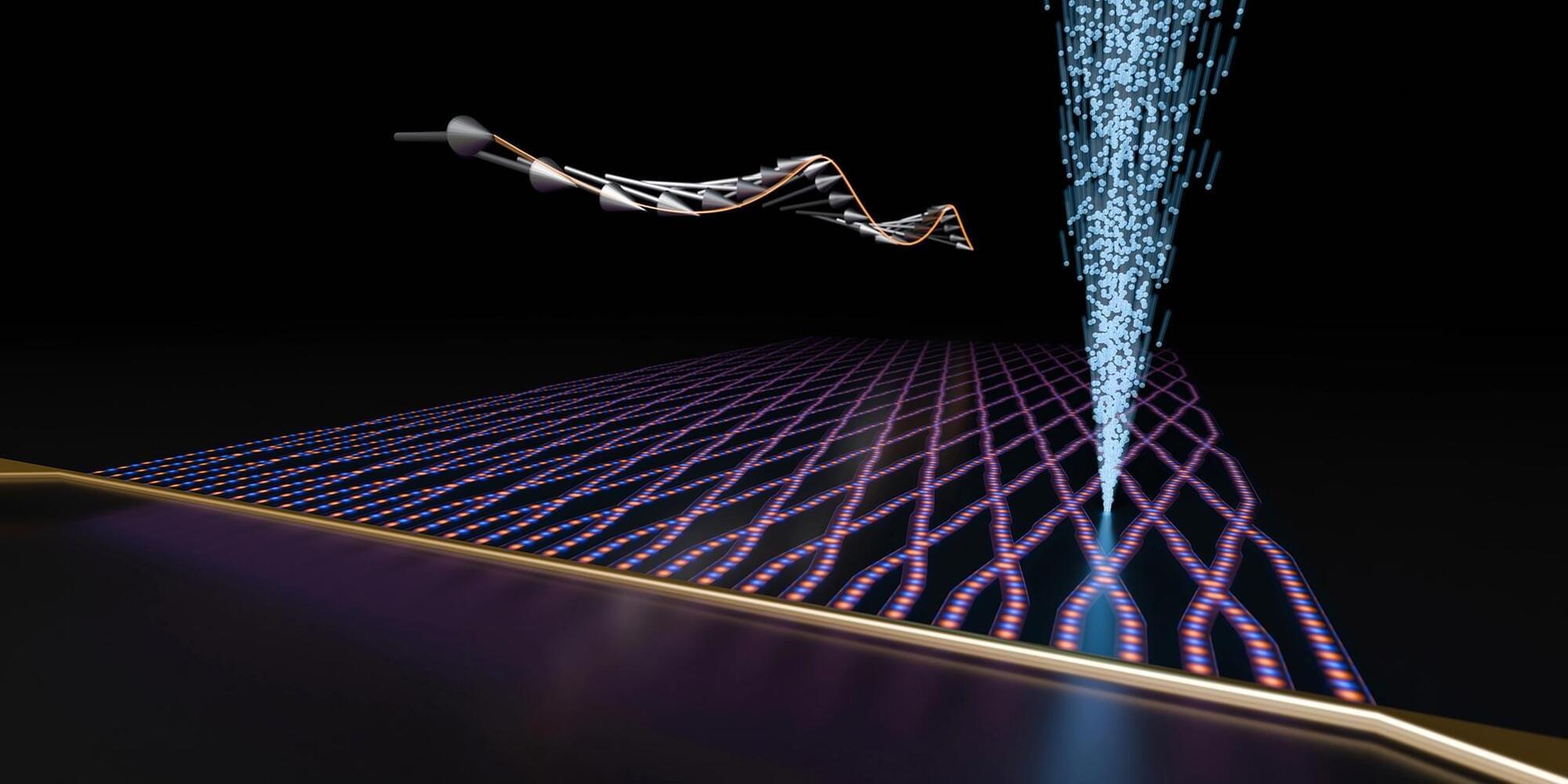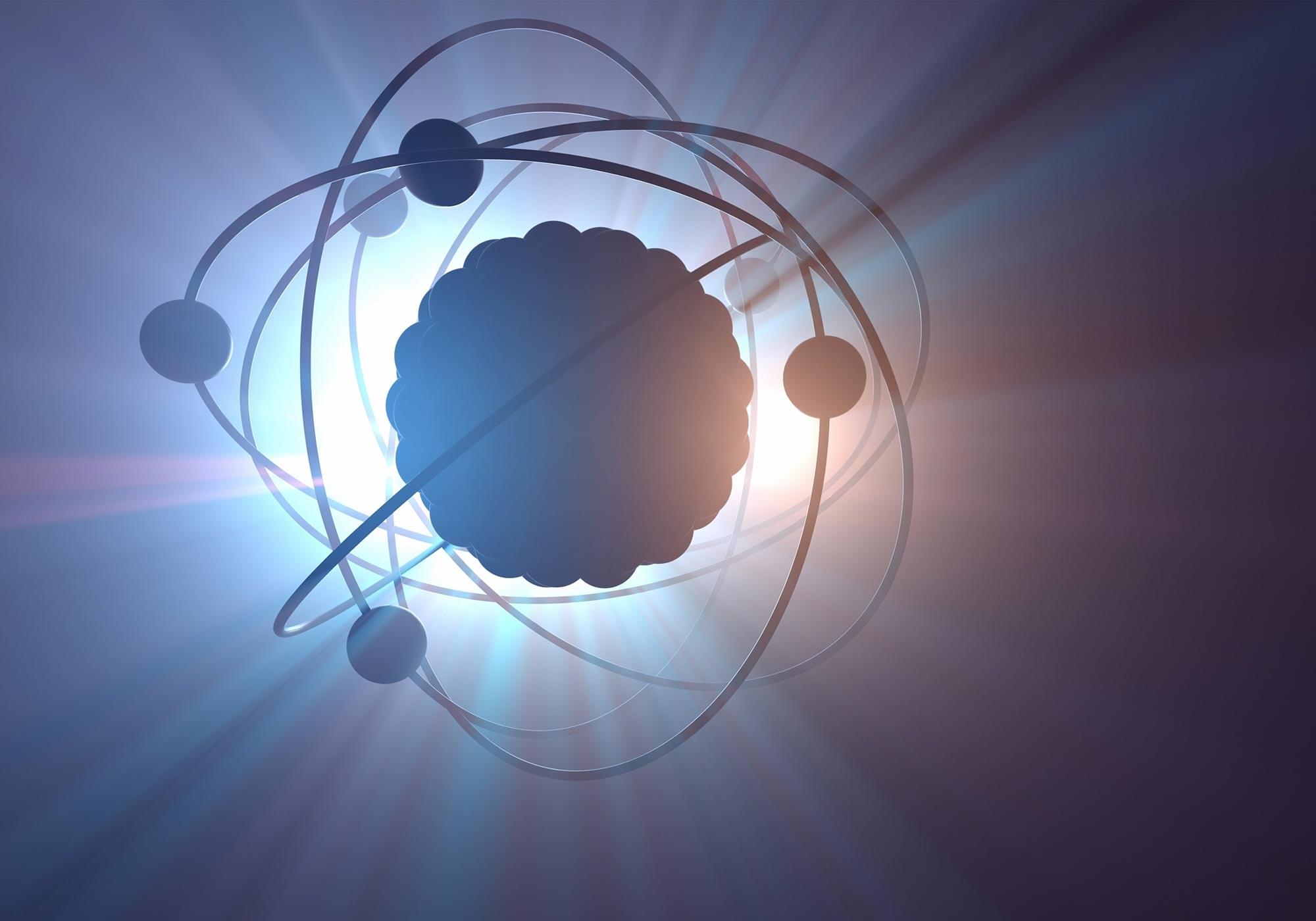A new method turns noise into valuable data to enhance understanding of chemical reactions and material properties with unprecedented detail at the atomic level. The results of this research are now published in Nature.


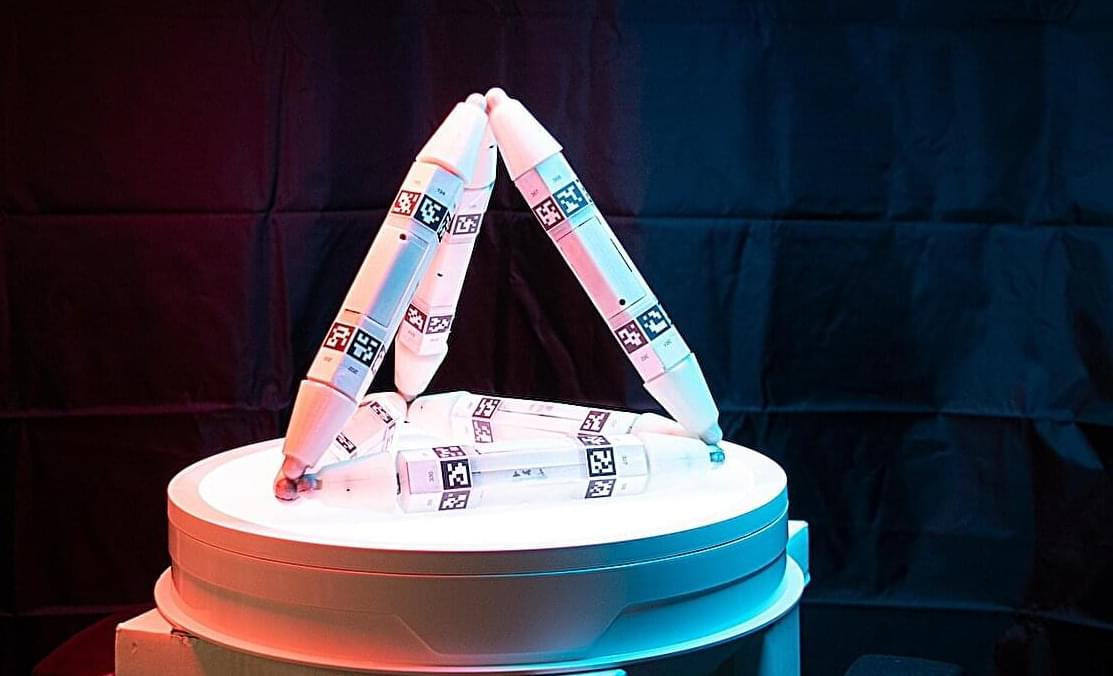
Today’s robots are stuck—their bodies are usually closed systems that can neither grow nor self-repair, nor adapt to their environment. Now, scientists at Columbia University have developed robots that can physically “grow,” “heal,” and improve themselves by integrating material from their environment or from other robots.
Described in a new study published in Science Advances, this process, called “Robot Metabolism,” enables machines to absorb and reuse parts from other robots or their surroundings.
“True autonomy means robots must not only think for themselves but also physically sustain themselves,” explains Philippe Martin Wyder, lead author and researcher at Columbia Engineering and the University of Washington. “Just as biological life absorbs and integrates resources, these robots grow, adapt, and repair using materials from their environment or from other robots.”

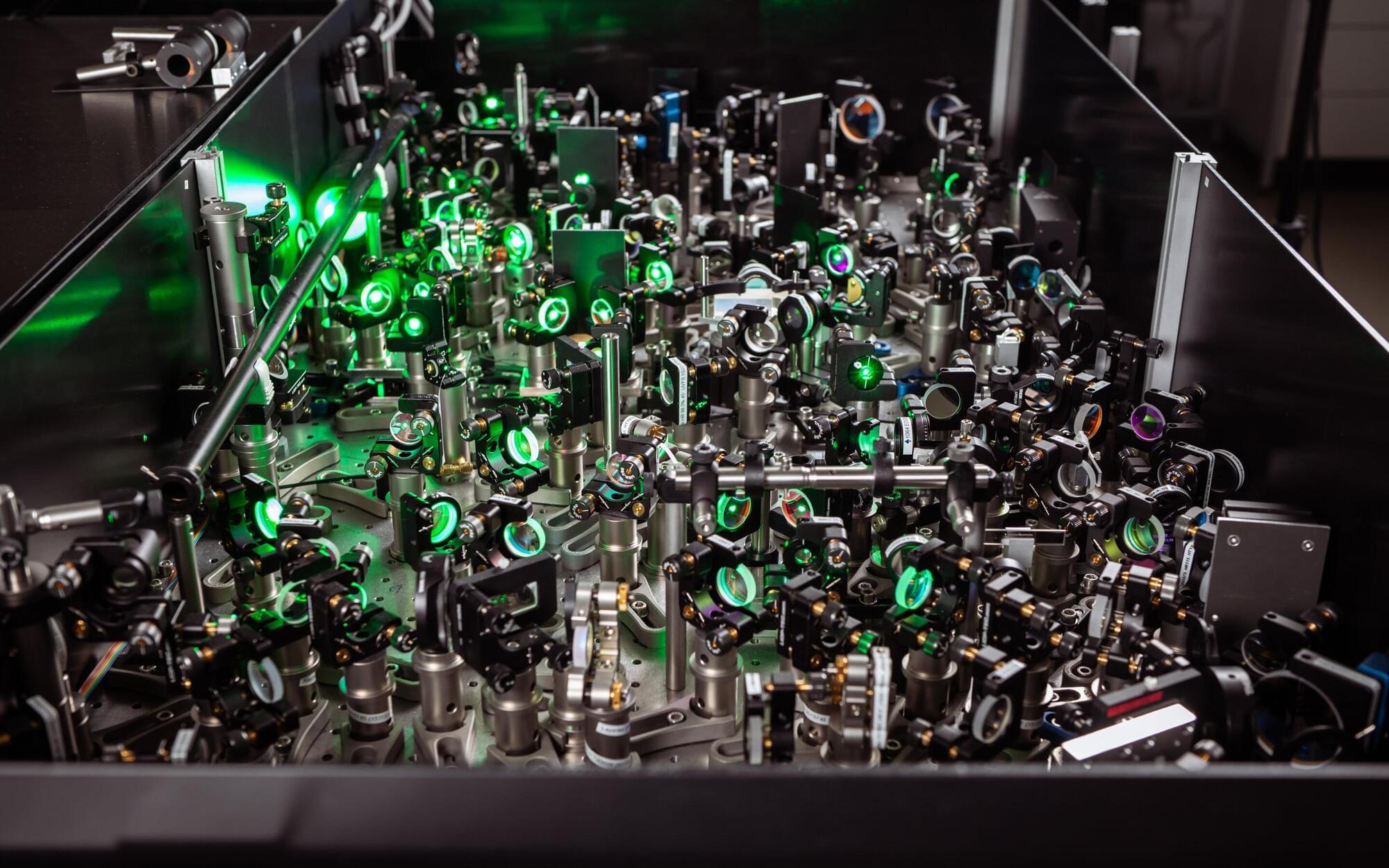
“The result was a huge surprise for us. No theory has ever predicted it,” says Davide Bossini.
Not only does the process work—it also has spectacular effects. By driving high-frequency magnon pairs via laser pulses, the physicists succeeded in changing the frequencies and amplitudes of other magnons—and thus the magnetic properties of the material—in a non-thermal way.
“Every solid has its own set of frequencies: electronic transitions, lattice vibrations, magnetic excitations. Every material resonates in its own way,” explains Bossini. It is precisely this set of frequencies that can be influenced through the new process.
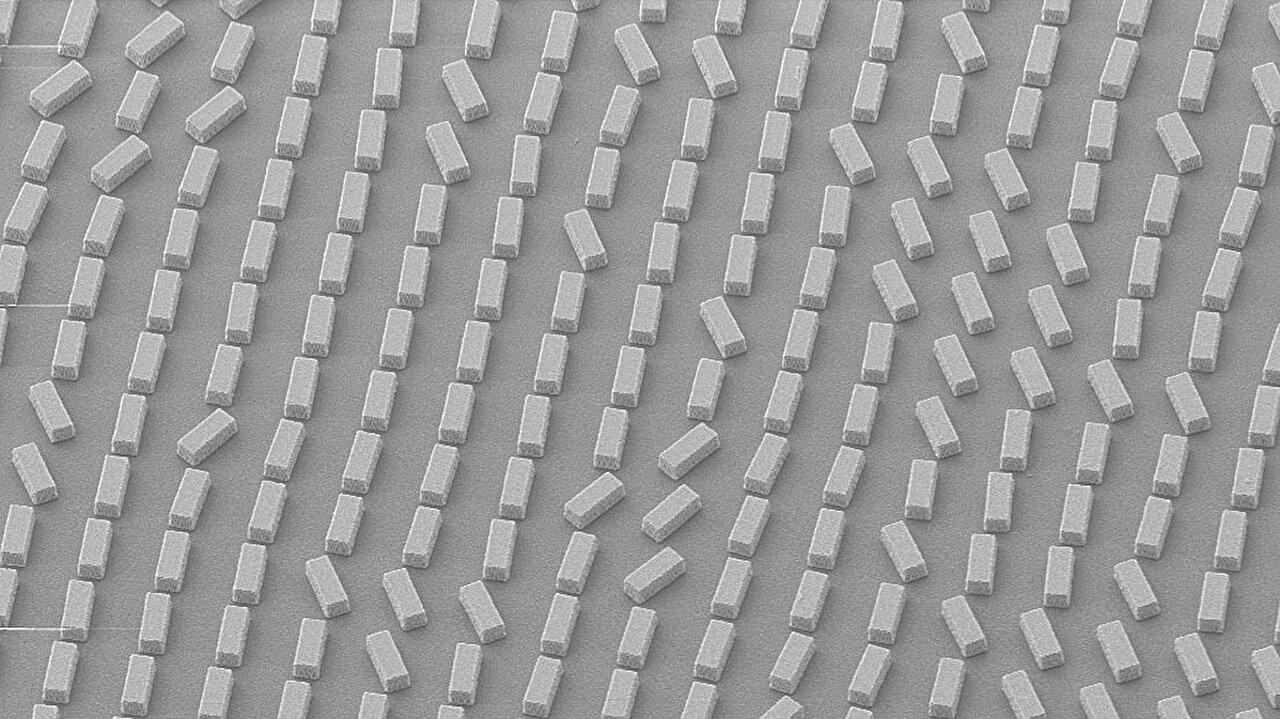
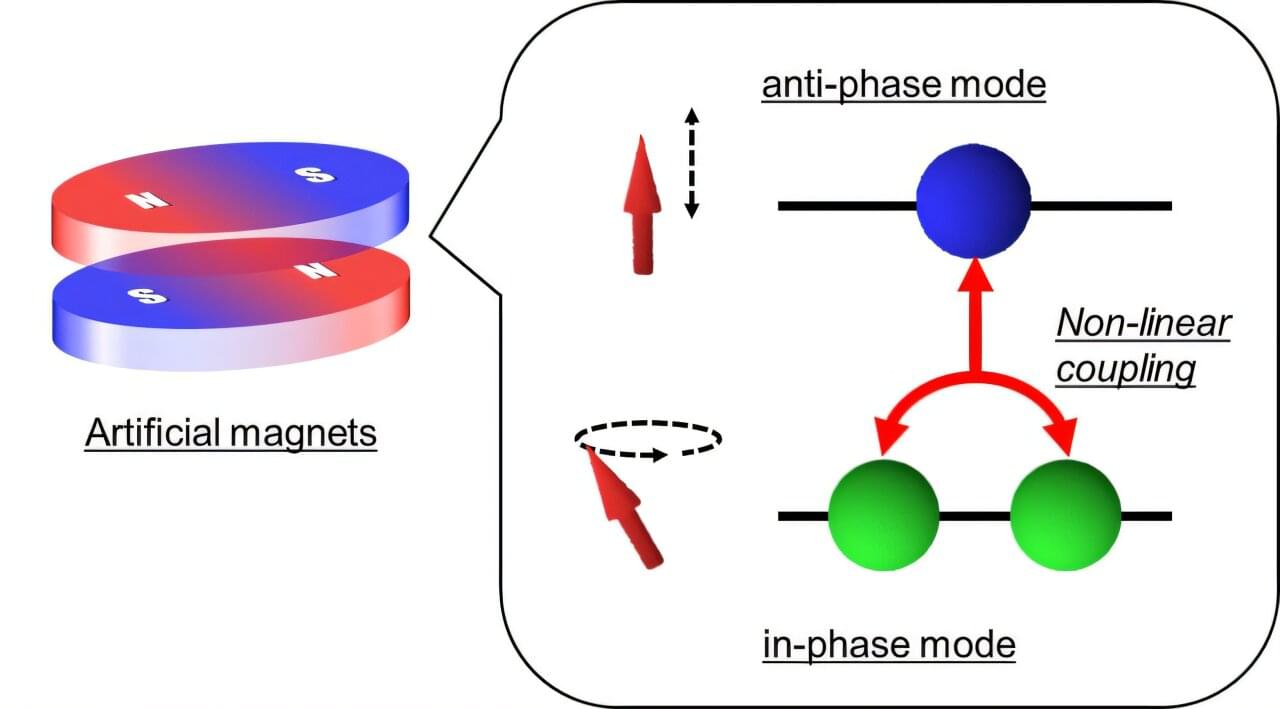
Rabi-like splitting is one of the key concepts in modern quantum technology. Fully understanding it can help us advance our knowledge in quantum information processing. Assistant Professor Aakanksha Sud (Tohoku University), Dr. Kei Yamamoto (JAEA), Professor Shigemi Mizukami (Tohoku University), and collaborators discovered that Rabi-like splitting could be achieved using nonlinear coupling, which remarkably preserves the symmetries of the system. This result opens up various possibilities to deepen our understanding of nonlinear dynamics and coupling phenomena in artificial control.
The findings were published in Physical Review Letters on June 20, 2025.
In quantum physics, when there is a coupling between two harmonic oscillators with an ideal oscillation frequency, the oscillation frequency splits to two different frequencies in the coupled system. The difference in these two frequencies is referred to as Rabi splitting.


